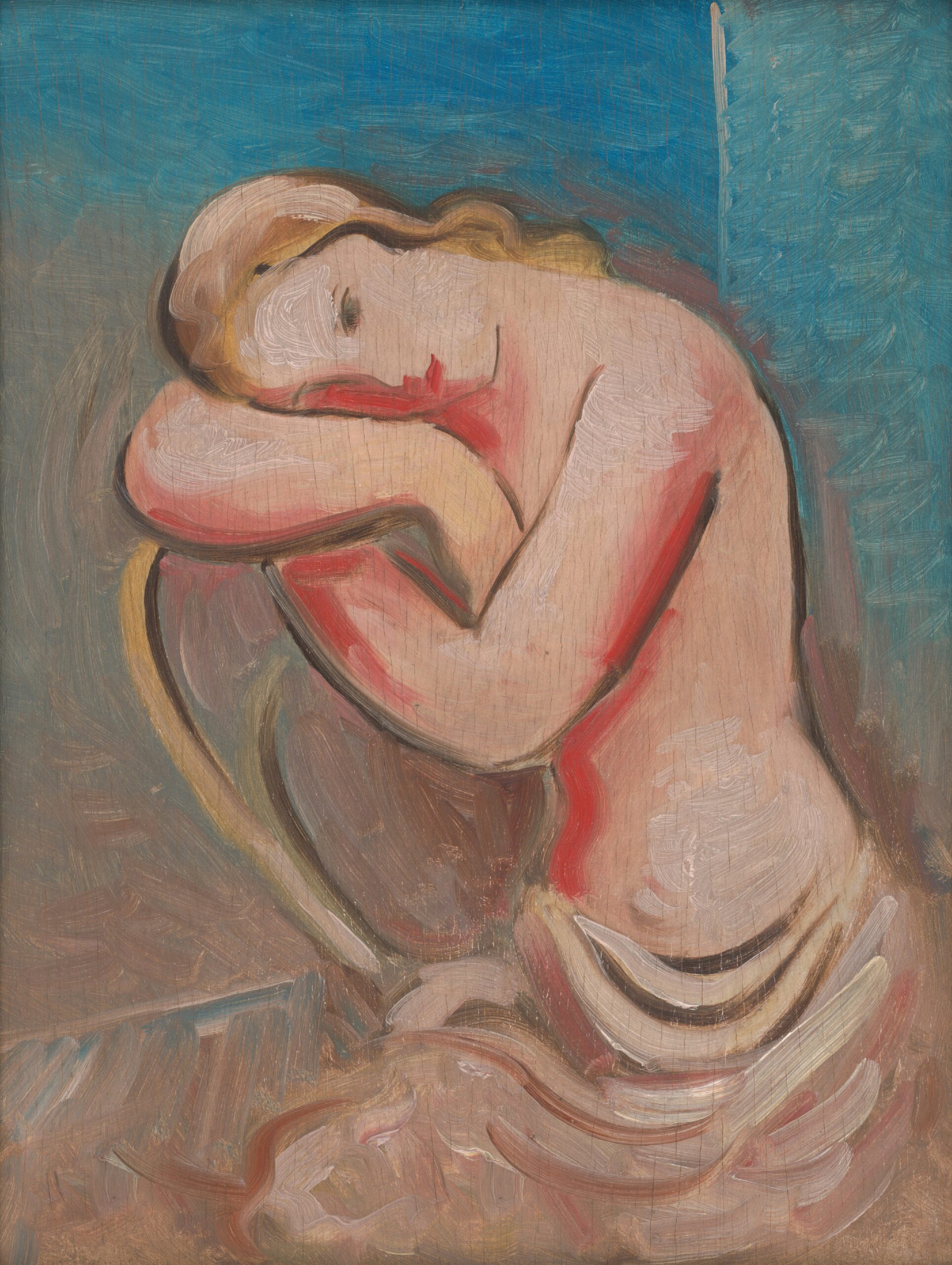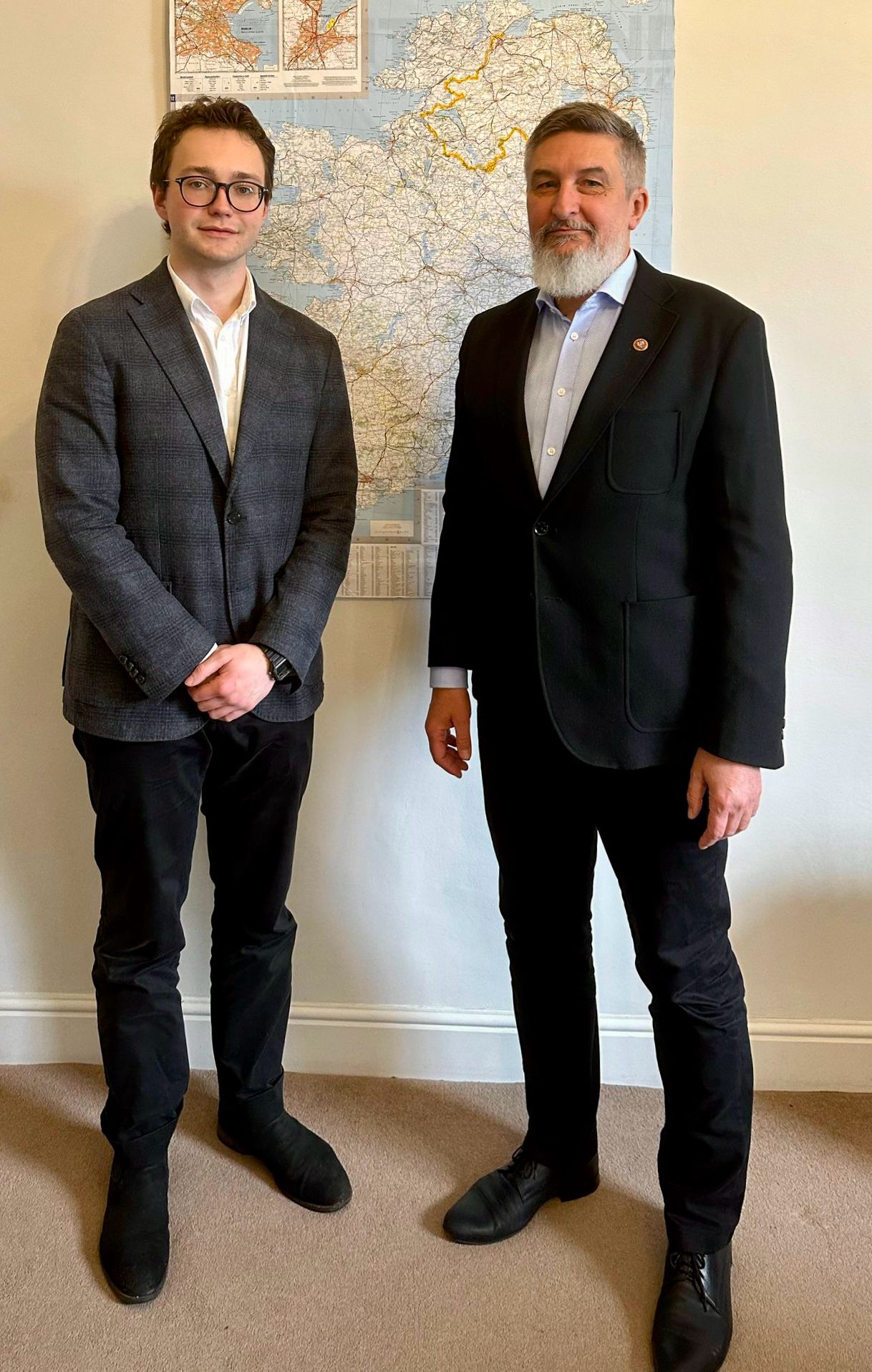As nice as Robert Pattinson and Kristen Stewart are to look at, it’s no secret that the Twilight franchise is not often taken seriously. However since the release of the New Moon soundtrack in October, this fact has been steadily changing, at least in terms of music. Boasting a host of distinguished acts (including Muse, Thom Yorke, Death Cab For Cutie, Grizzly Bear, Bon Iver and the Killers) the soundtrack firmly establishes the series’ indie/alternative credentials. Rather than taking the lazy approach and throwing together a few used old hits, the producers took the longer route, and excepting a remix of Muse’s ‘I Belong to You’, all the tracks on the album are entirely original and previously unheard. Ranging across the spectrum of indie rock, the pervading mood of the album is dreamlike melancholy, especially on tracks such as ‘Meet Me On The Equinox’ and ‘Satellite Heart’; though the likes of ‘Friends’ remind the listener that the main characters are teenaged(ish) high school students.
Although how they’re used within the film remains to be seen, New Moon will presumably follow standard practice and the majority of songs will only feature in shortened form – briefly fading in for a minute or so then fading back out. As such an interesting aspect of the soundtrack is that, as original songs by popular artists, the tracks transcend their position within the film itself. Finding their way onto radio waves, CDs, YouTube, torrents, etc., the songs attain their own cultural identities, but all the while carry New Moon’s with them. Repeating its sentiments and motifs over and over again to the millions who will inevitably become listeners, the tracks spread New Moon far beyond the cinema. Of course other soundtracks have obviously done the same thing before, but none have ever done so with a roster of artists as popular and esteemed as New Moon.
While the wide range of artists featured on the New Moon soundtrack is one of its main strengths, some producers choose to go the other way, sticking to a smaller number of contributors. The soundtrack to Spike Jonze’s upcoming Where The Wild Things Are takes this approach, with Yeah Yeah Yeahs frontwoman Karen O leading the project. Accompanied by a choir of children and a select few fellow indie rock stars, the inherent cohesion of O’s songs creates a sense of familiarity and intimacy. Although this will presumably work strongly to its advantage within a film based on a children’s classic, it makes the soundtrack album far more dependant on the film than New Moon’s is.
In direct contrast to New Moon, other soundtracks take the approach of using songs which already have their own independent existence, bringing their external cultural significance into the film. The 2006 Sofia Coppola film Marie Antoinette features the anachronistic use of post-punk and New Wave classics by the likes of the Cure, Siouxsie and the Banshees, Bow Wow Wow and New Order to accompany its setting in 18th Century France. Besides adding their energy, spirit, and decadently romantic sensibilities to the film, the songs also carry their social concerns with them; with lines such as “the problem of leisure – what to do for pleasure?” the tracks are clearly used in a more political way than New Moon’s, contributing to the film’s exploration of subjects like youth, materialism and responsibility.
While some may dismiss its treatment of them as immature (and even slightly creepy), the Twilight series clearly deals with the big issues – love, loss, life, etc., and this is clearly reflected in its soundtrack. Other films such as the Saw series, which is primarily concerned with simply being as horrific as possible, use their soundtracks as more of a musical backdrop. Comprised mainly of nu-metal and metalcore numbers, the recent Saw VI’s soundtrack serves less to make any sort of commentary and more to mirror the on-screen action by being as violent and aggressive as possible. Although these songs do their job well, they lack the radio friendliness and mainstream appeal which pervades those found in New Moon, and as such it’s highly unlikely that a Saw soundtrack will ever find the same popularity as New Moon’s.
Speaking of popularity, in commercial terms the New Moon producers’ approach certainly seems to be working. From “overwhelming and unprecedented” demand prompting them to release the album four days earlier than originally intended, to a debut at number one on the UK compilation chart to the number one spot on the US Billboard 200, the album has had remarkable commercial success. Although critical reactions have been varied, most have been generally positive, with the harshest critics being fans of the bands who feel that their favourite acts are in fact too good to be associated with the Twilight franchise.
As an interesting side note, MTV recently announced that Peter Murphy, former frontman of the legendary post-punk/goth band Bauhaus, is set to cameo as a blood-sucker in the third film in the series (Eclipse). Although doubtlessly enjoyed as a guilty pleasure by many (if not most) people, Stephenie Meyer’s brand of vampires have suffered a poor critical reputation up till this point. Meyer’s vampire-romance-novelist predecessors may have long-ago stripped vampires of their ability to be taken entirely seriously as monsters, but at least they usually let them keep their sex. Meyer has taken even that away, rendering them as high school students with nothing to do but play baseball and throw around creepy significant glances. Thanks to Murphy’s involvement the Twilight characters may now find themselves enjoying a bit of respect. As the band who in 1979 released a nine-minute long single about arguably the most iconic Dracula-portrayer ever (‘Bella Lugosi’s Dead’), Bauhaus certainly know their stuff when it comes to vampires. As such, if Meyer and co were looking for someone credible to vouch for her creations, they certainly made the right choice with Murphy.






